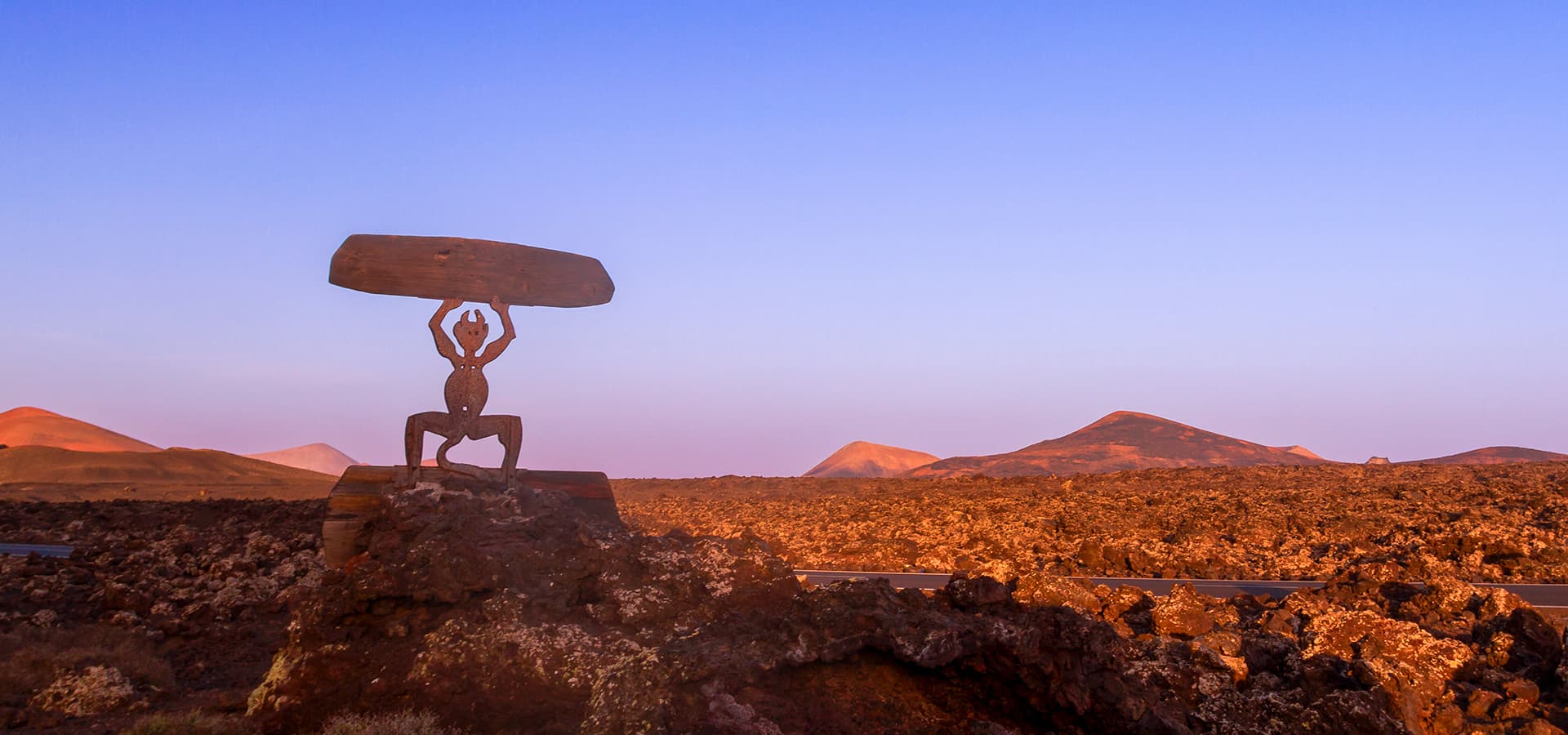When long, dark nights and chilly temperatures get to be too much, head to one of these three idyllic Spanish islands, all of which seem to make a virtue out of winter. With astonishing natural scenery, pleasant temperatures for outdoor pursuits, and fewer crowds than in later months of the year – now is the time to visit Mallorca, Fuerteventura, and Lanzarote.
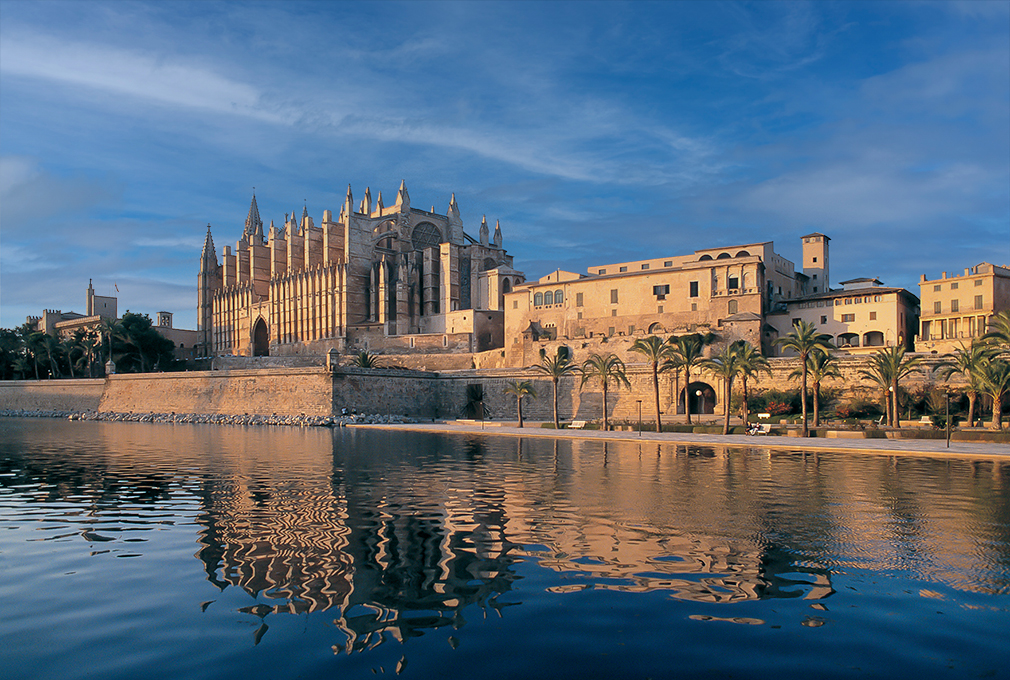
Experience history and blossom in the beautiful Balearic Island of Mallorca.
The largest of the Balearic Islands, Mallorca is a gorgeous destination year-round. The stunning capital Palma has a historic old town that can be crowded during the summer season, so December, January, and February are the months to visit in relative tranquility. Explore Palma’s narrow winding alleys and see how locals lived long before planes and cruise ships brought tourists to the island. There are Roman ruins, a Moorish fortress, and baths and beautiful classical churches at every turn – plus, there’s even a Michelin-starred restaurant in a former convent.
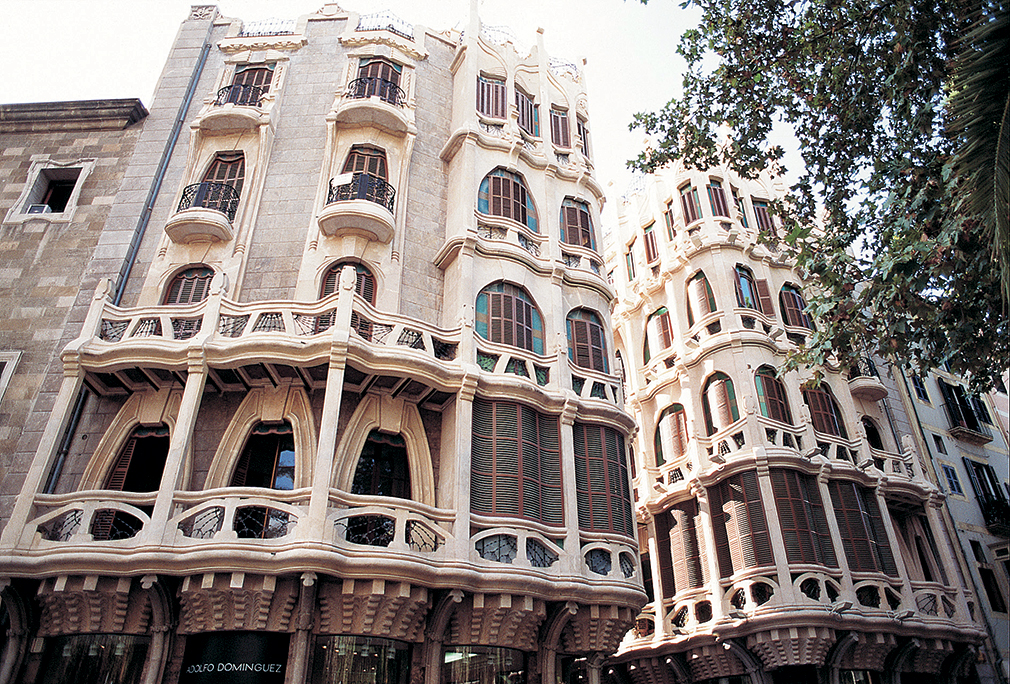
Perhaps the most extraordinary feature of Palma old town is the magnificent cathedral that dominates the shoreline, glowing rosy pink at sunrise and sunset. Twice over the winter months it plays host to a miracle of light. On November 11 and February 2 each year, at dawn, sunlight streams through the huge circular stained-glass window on the eastern wall and projects a replica image on the western wall, beneath another equally colorful stained-glass window. Crowds gather early in the morning to watch this stunning show unfold.
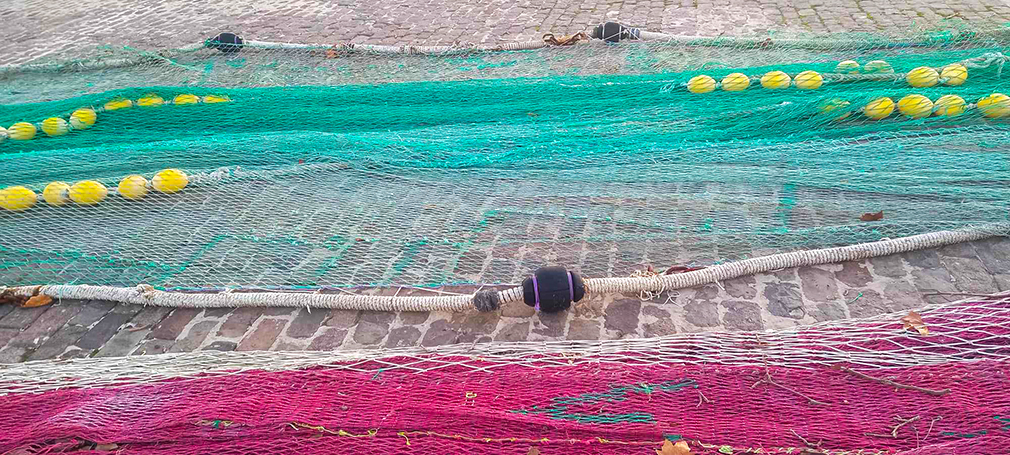
January through March, parts of the island turn pink and white, as over 4 million almond trees growing on the island come into bloom. Bare branches are covered with tiny pale flowers that release a delicate fragrance into the air. Some great places to admire these beautiful blossoms are Manacor and Sant Llorenç as well as areas close to the mountain range of Tramuntana (Santa María, Selva, Moscari, Pollensa).
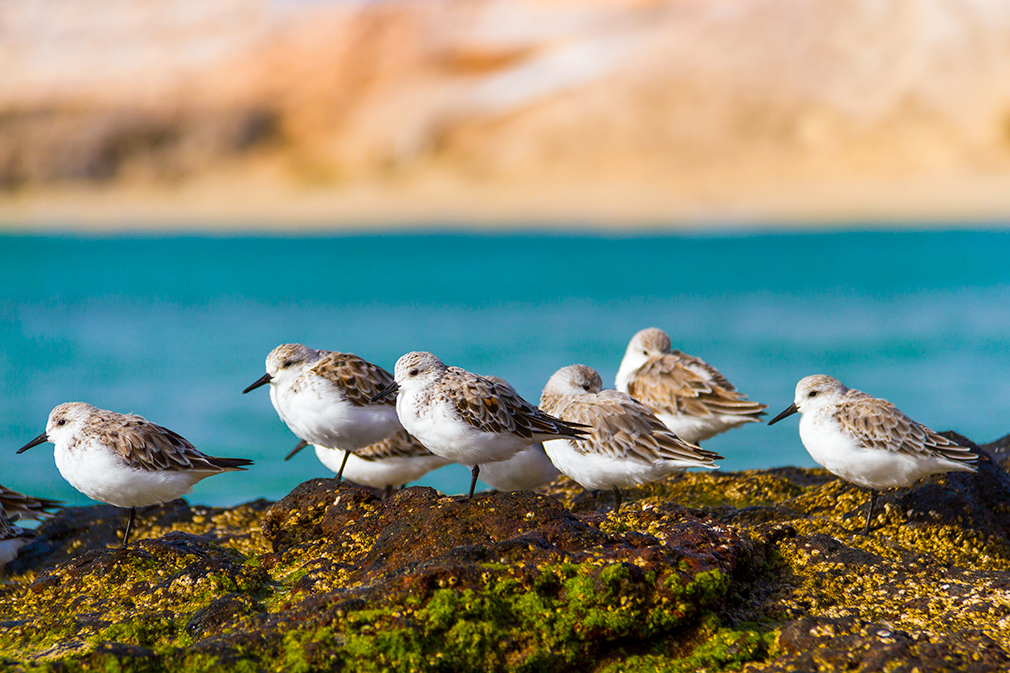
Explore pristine beaches in Fuerteventura.
With air temperatures that can reach 75 degrees Fahrenheit over the winter months, Fuerteventura is the island to escape the cold and relax in the sun. The island enjoys around 10 hours of daylight at this time of year, together with infrequent light rain, which means Fuerteventura is a safe bet for a winter beach holiday.
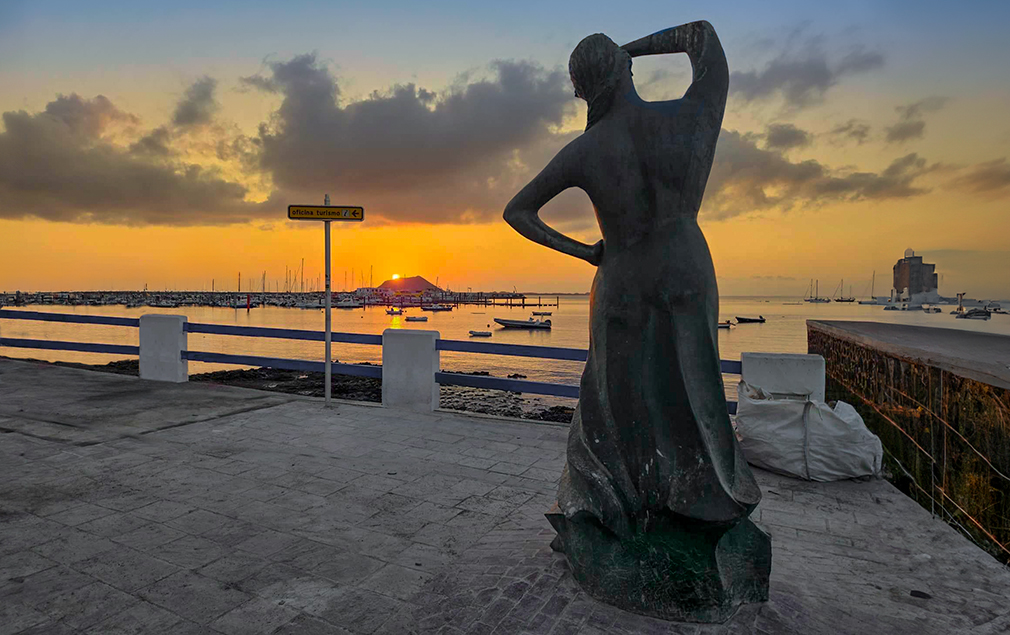
And what fabulous natural beauty spots there are, on this stunning ancient island. In the south, the wild and unspoiled Sotavento beach creates a natural lagoon at high tide. To the north, the Corralejo sand dunes, which look like rumpled white silk, cover an area of around 2,600 hectares with miles of beautiful sandy beaches. The dunes are also home to a colony of an endangered bird species known as the Houbara Bustard – making this protected natural area an ideal destination for bird watchers.

Winds over the island are lighter during the winter months, but still enough to ensure perfect surfing conditions. On Flag Beach, foam churns under a sky ablaze with the colorful canopies of kiteboarders.

And if you get tired of tanning and surfing – take a boat to the charming uninhabited island of Lobos, just a quick ferry ride away. Another nature reserve, this beautiful island has over 130 plant species and the surrounding waters teem with fish – hammerhead sharks have been spotted swimming off its shoreline.
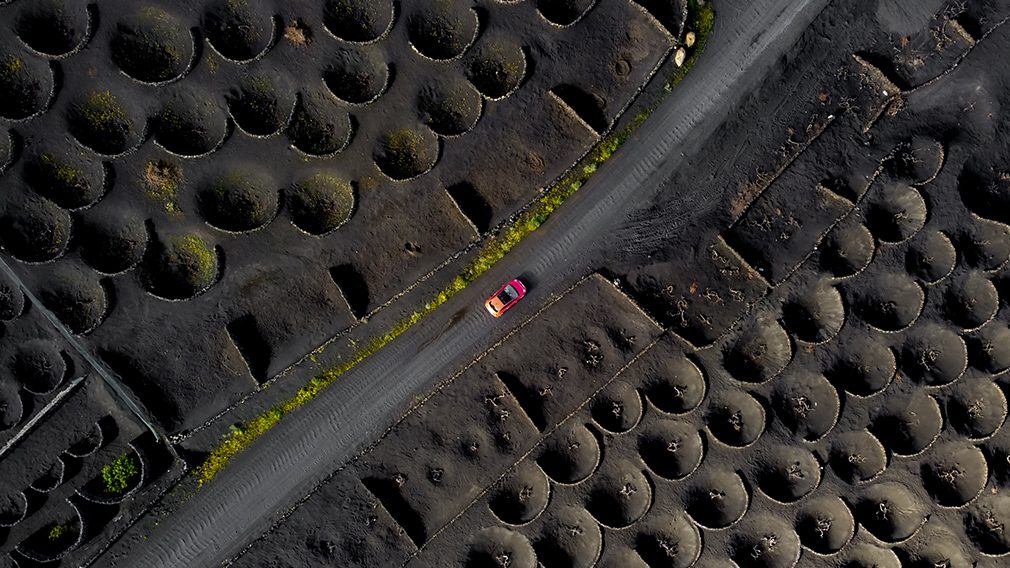
Enjoy Lanzarote’s volcanic landscape and the fruits of its soil.
This fascinating island has areas that resemble a moonscape, or a movie set on Mars. Acres of volcanic shale are sculpted into hills and peaks, giving the island a distinctly otherworldly feel.
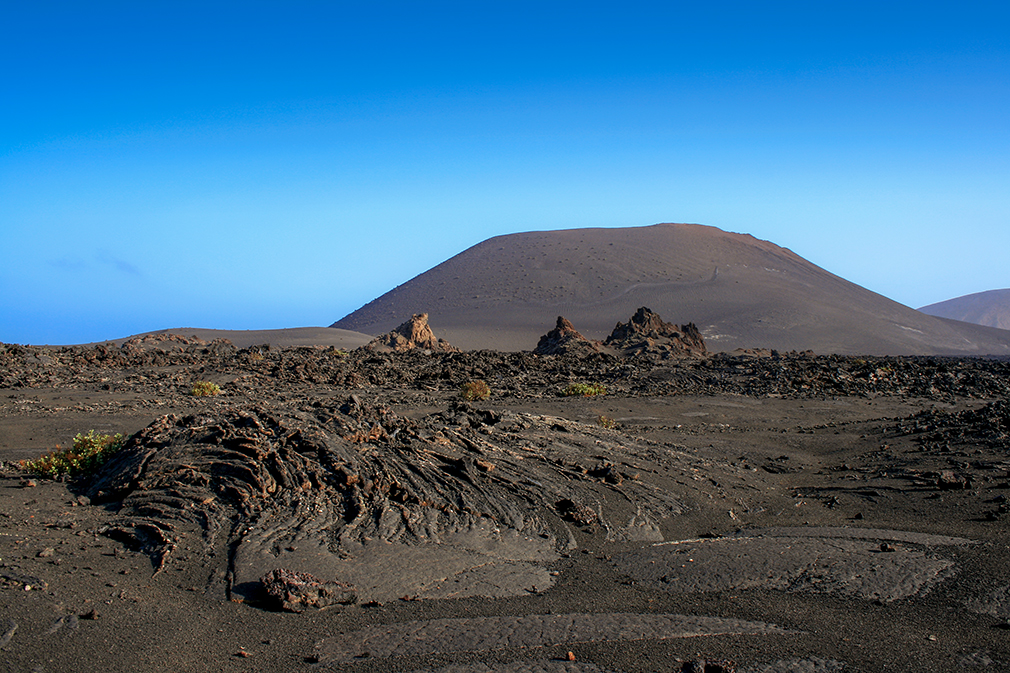
The whole island has been designated a biosphere by UNESCO and at its heart is the spectacular Timanfaya National Park with one active volcano. This area is strictly controlled to protect the flora and fauna, so the best option is to take an organized tour, as coaches are allowed to travel along the roads within the park. There’s more than just fascinating geological features to admire here; try the restaurant, where the grill uses heat from the dormant volcano housed in a stunning building designed by famed local artist César Manrique.

Although much of Lanzarote’s landscape appears dark gray in color, due to its special geology, there is one must-see sight that offers some brightness. “El Golfo” (the green lake) is a startling sea green pool, housed in a volcanic crater. This lagoon connects to the sea via a series of underground tunnels, but its unusual bright hue comes from special algae that live in the water.
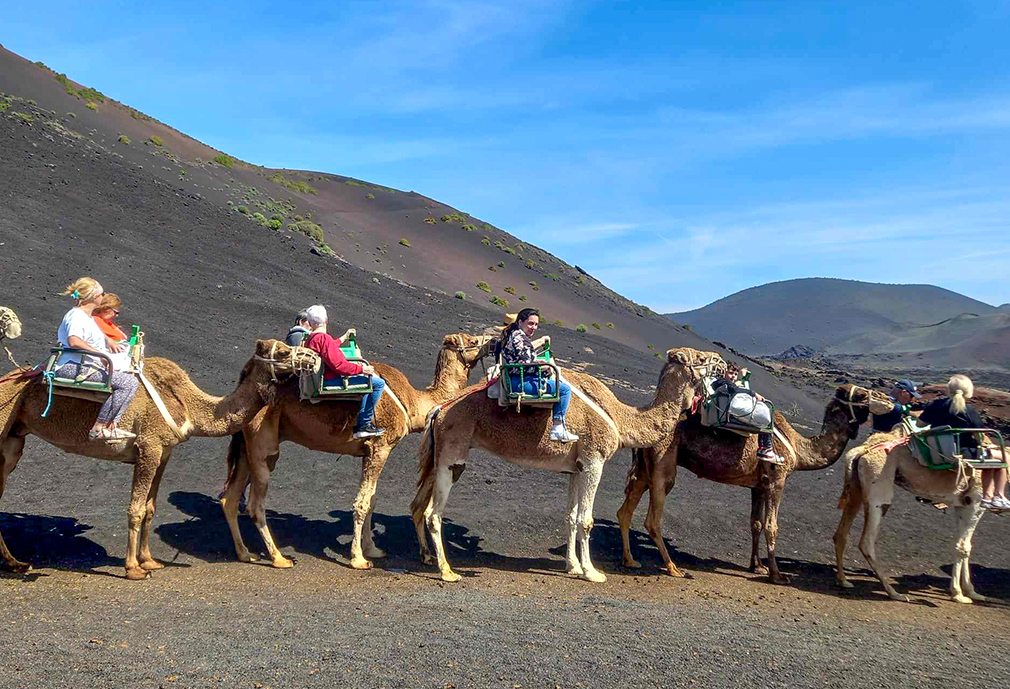
One remarkable product from the island is a testament to the resourcefulness of Lanzarote’s farmers. The island has very little rainfall, and water is difficult to source — one of the noticeable features of the island is a lack of trees and bushes — yet emerald vine leaves peek out from slopes and valleys covered in volcanic ash. This soil is very nutritious, holds water well, and keeps the roots of plants cool. Make a tour of the wineries scattered around the island and taste delicious wines from a truly unusual terroir.




